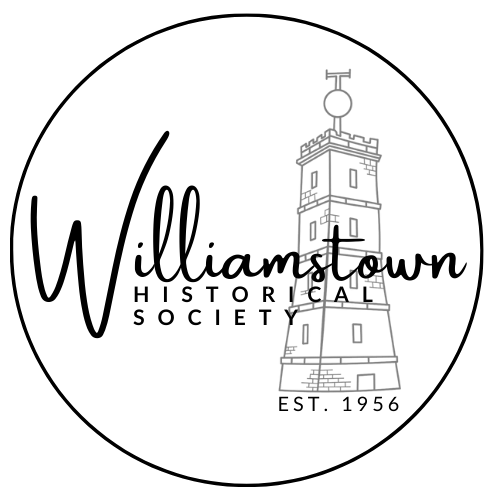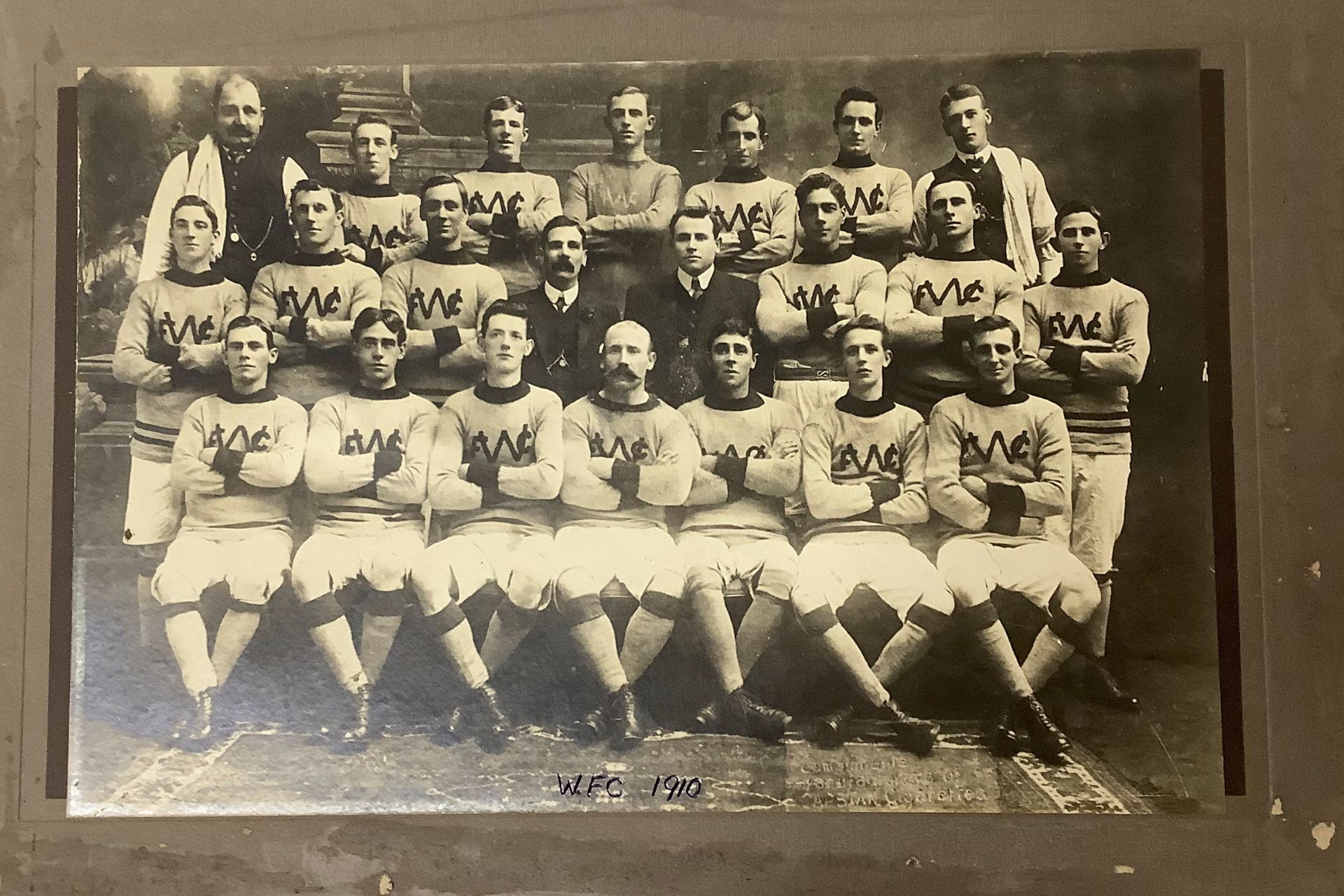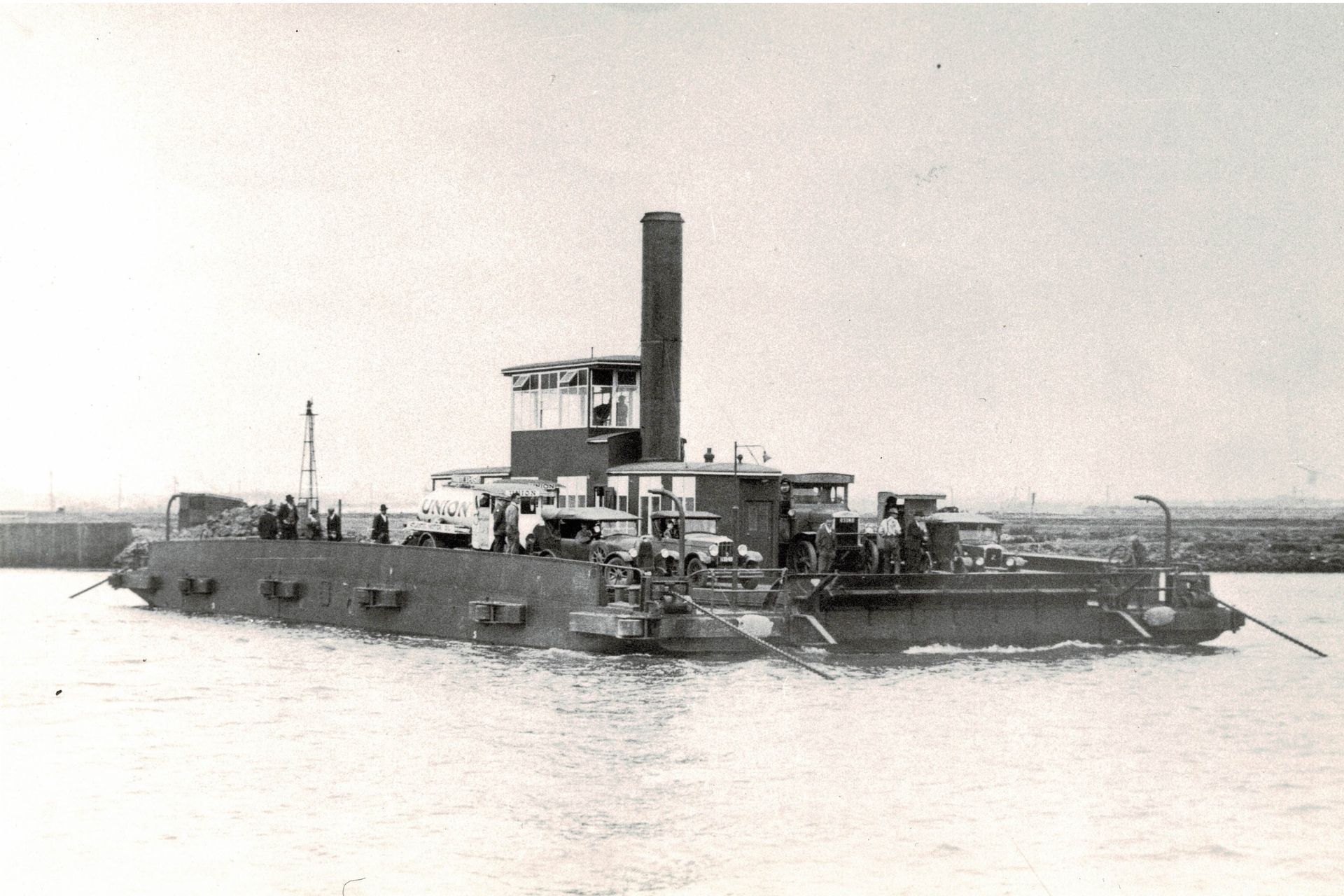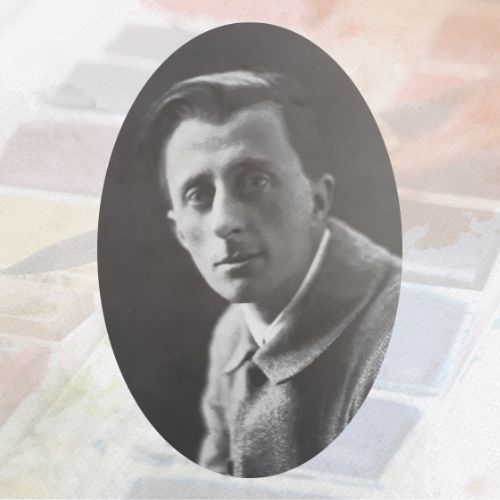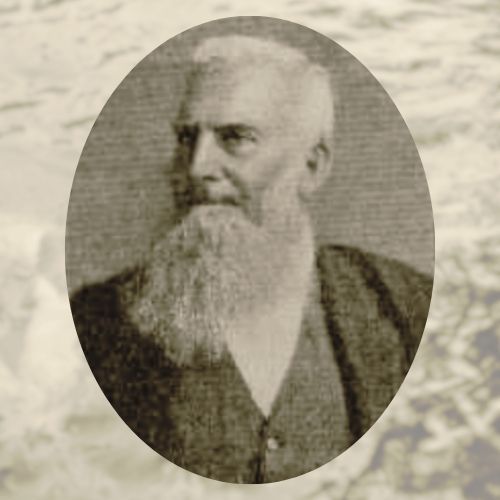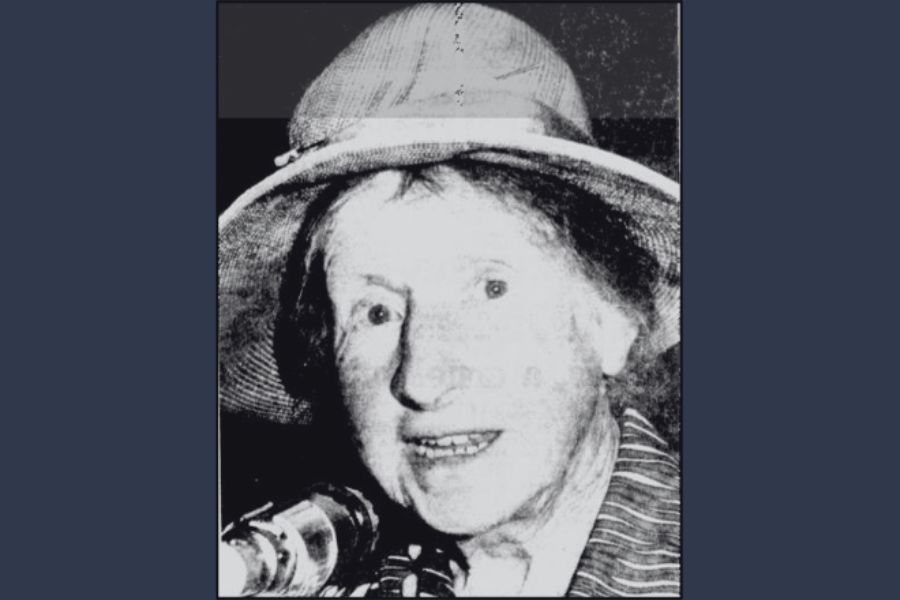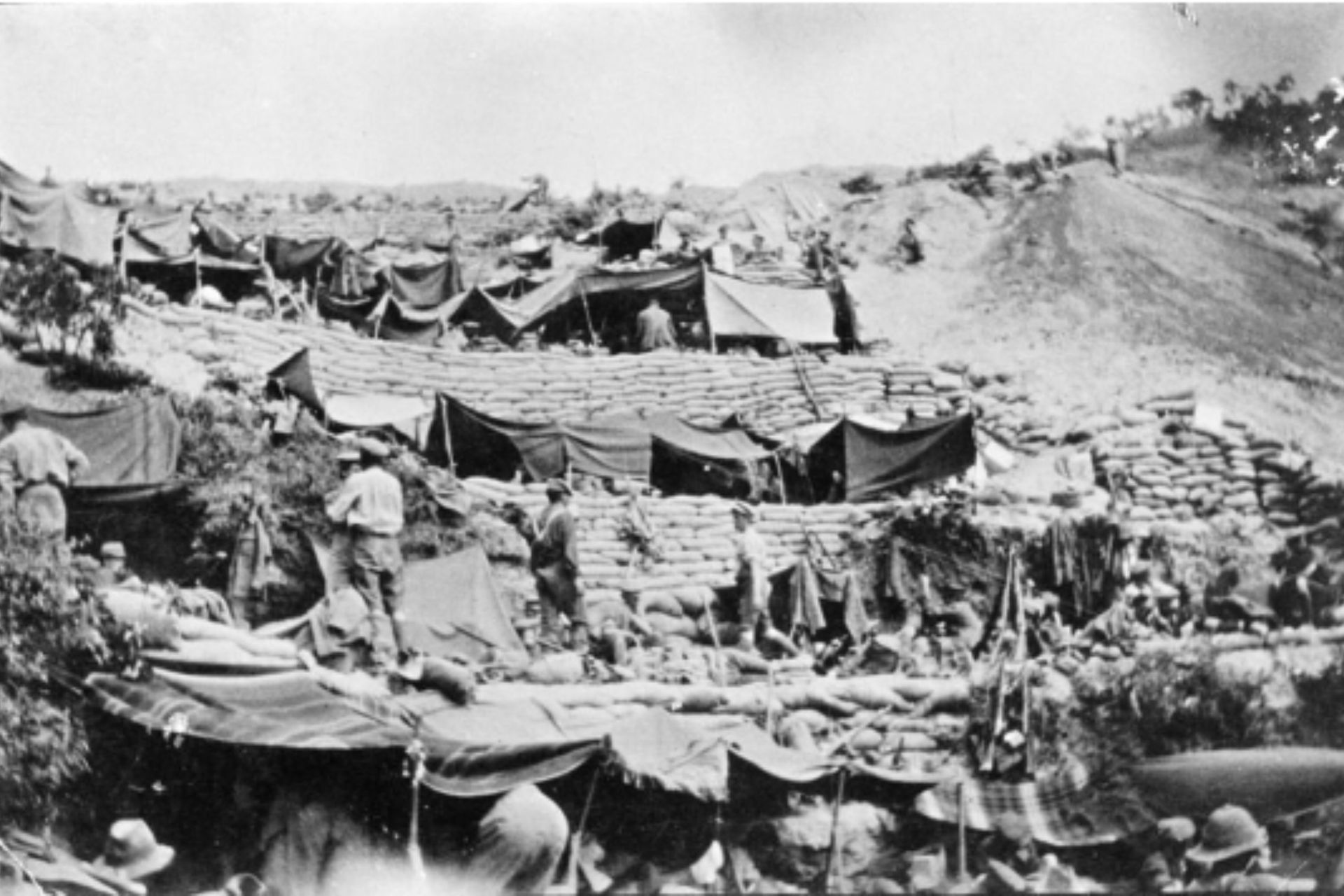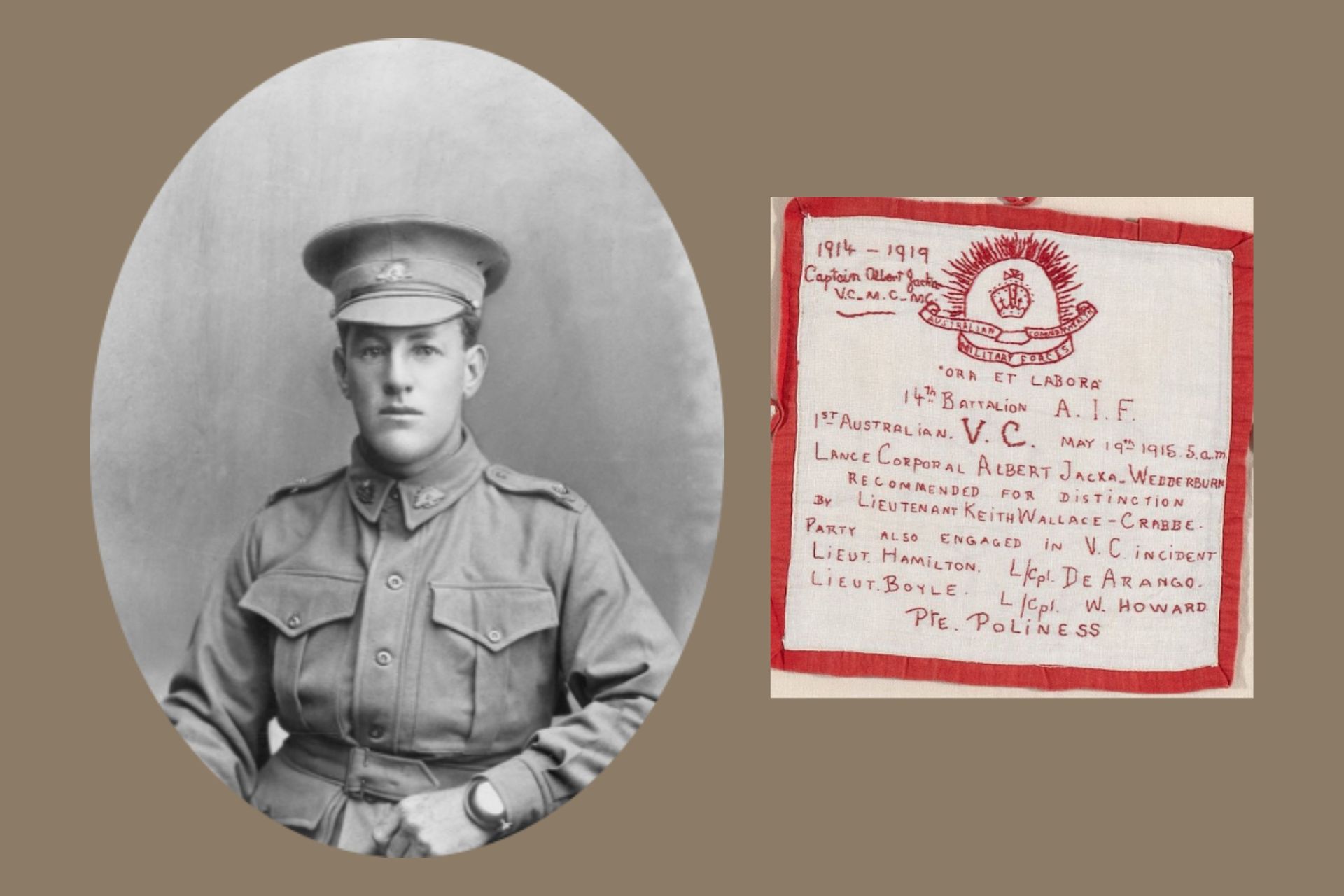Australian Horses in World War I
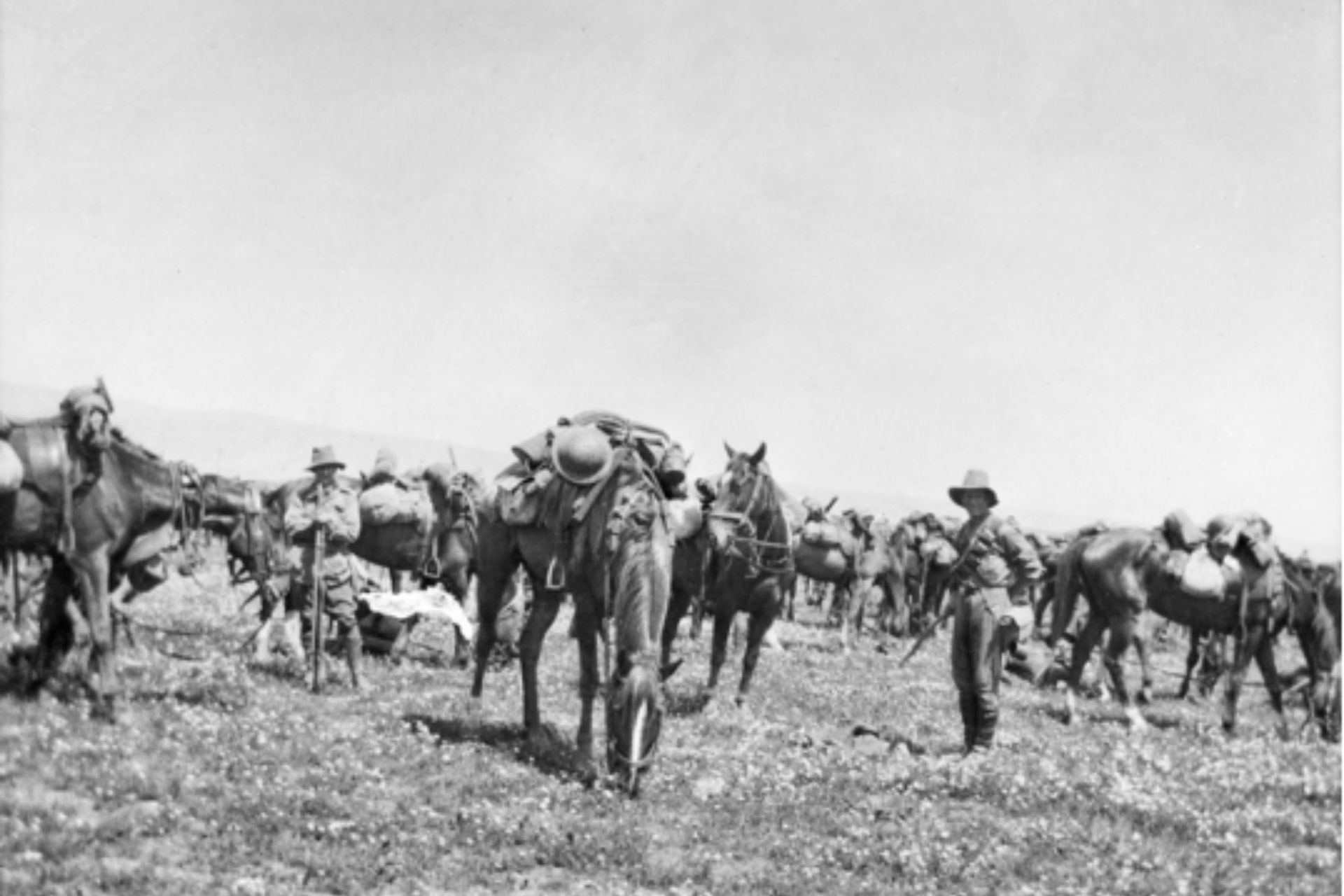
In total, around 120,000 horses were sent overseas from Australia to WWI.
About 39,000 of these were sent to Egypt and Palestine with the Australian Light Horse. Horses were also used for the officers, and for transport of weapons and supplies. Around 30,000 horses died on the battlefield.
By the end of the war around 20,000 Australian horses were still in Egypt and the Middle East. Quarantine rules meant that no animals could be brought back to Australia. Understandably the soldiers were very attached to their horses and did not want them sold locally, although many were sold to the British. Many animals older than 12 were euthanised by army vets. It is said that many soldiers took their own horses on a final ride before shooting them to make sure they could not be ill-treated in the future.
This horse’s hoof, carrying the inscription ‘Egypt’, and meant to be used as a pen holder, probably carries a long-forgotten story about one of the horses which ended its days there.
Only one horse ever came home to Australia, a big bay horse, Sandy, who had been on one of the first troop convoys to the war. He lived out his days by the Maribyrnong River at Remount Hill. He died in 1923 and is buried near the river.

George August Hansen
Many of the servicemen featured on our quilt served with different Light Horse Regiments. One was local servicemen George August Hansen, an 18-year-old farmer from Williamstown and cousin of Stewart Murray Hansen.
He enlisted on 5 September, 1917 with the rank of Trooper and left Australia on board the HMAT Ormond landing at Suez on 10 August, 1918. After arriving in Egypt, he made his way to Moascar as part of the 4th Australian Light Horse Division. He spent the whole of his war in Egypt.
He returned to Australian departing from Kantara, Egypt on HT Essex, landing in Melbourne on 25 July, 1919 and was officially discharged on 29 October, 1919.
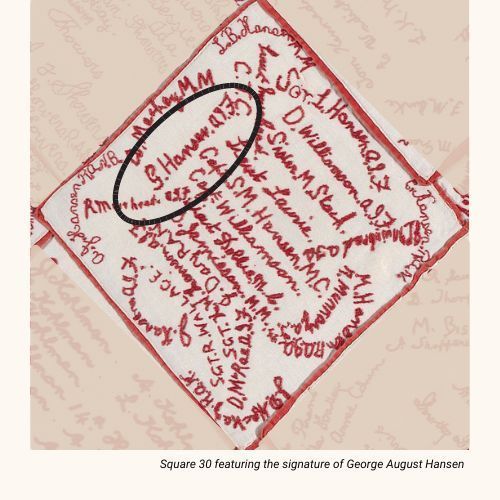
References:
Header image - Part of the 4 Light Horse Regiment in a Berseem clover field, Egypt 1919, This photograph was taken to show the load carried by each horse. Coll: Australian War Memorial
